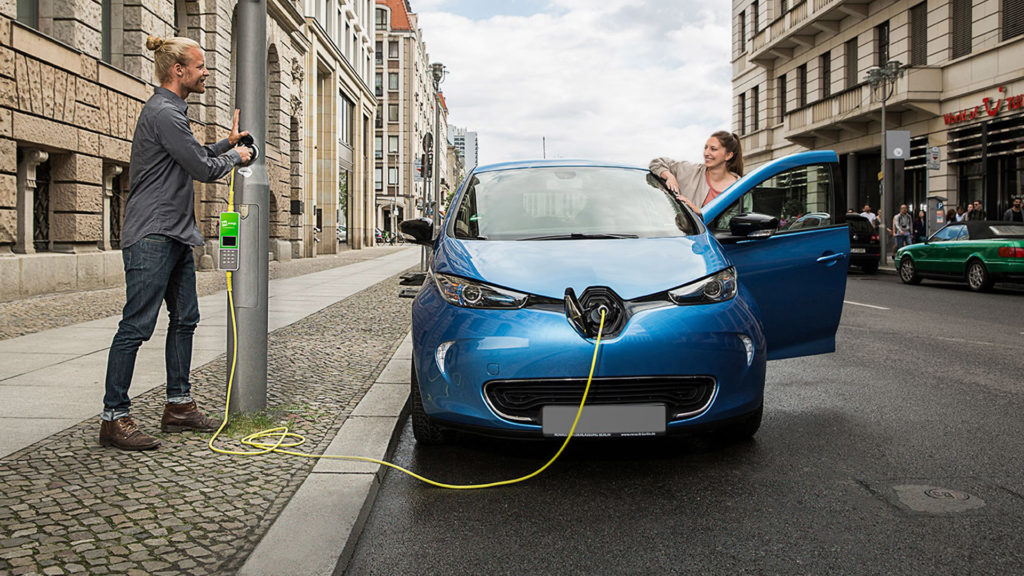New research has revealed that councils are planning to install an average of only 35 on-street electric vehicle chargers each, between now and 2025.
The research, commissioned by Centrica under a Freedom of Information request to over 400 councils, shows that there are 7,682 on-street chargers currently installed across the UK and only a further 9,317 are planned to be rolled out over the next 4 years.
On-street chargers currently installed by region
| REGION | ON-STREET CHARGERS CURRENTLY INSTALLED | ON-STREET CHARGERS PER 100,000 PEOPLE CURRENTLY INSTALLED |
| London | 2915 | 756.8 |
| Scotland | 739 | 569.0 |
| South East | 1032 | 516.5 |
| East Midlands | 676 | 267.6 |
| North West | 406 | 122.6 |
| Wales | 250 | 104.8 |
| South West | 408 | 101.6 |
| West Midlands | 286 | 73.8 |
| Yorkshire and The Humber | 396 | 68.2 |
| North East | 320 | 62.0 |
| East of England | 220 | 62.0 |
| Northern Ireland | 34 | 21.0 |
This new data shows that the all-electric revolution could be drastically slowed down as we reported that one of the main concerns for buyers when switching to electric vehicles is the accessibility of the charging infrastructure.
In fact, the research has highlighted that out of drivers who do not have a driveway or off-street parking, just 7% already have an EV, less than a quarter (24%) are considering switching but over half (53%) are not considering purchasing an EV at all. When all drivers were asked to consider the ban, a huge four out of five (83%) said that they think it will be easier for drivers with a driveway to make the switch.
On-street chargers to be installed by 2025 by region
| REGION | TOTAL CHARGERS TO BE INSTALLED BY 2025 | TOTAL CHARGERS PER 100,000 PEOPLE TO BE INSTALLED BY 2025 |
| London | 4711 | 1713.1 |
| South East | 921 | 613.6 |
| Yorkshire and The Humber | 1018 | 390.8 |
| South West | 869 | 326.9 |
| Scotland | 370 | 292.7 |
| Wales | 314 | 256.4 |
| West Midlands | 443 | 141.4 |
| East of England | 212 | 123.7 |
| North West | 123 | 74.7 |
| East Midlands | 145 | 59.6 |
| North East | 191 | 42.7 |
| Northern Ireland | 0 | 0.0 |
The research also shows that installation plans are not distributed evenly across the UK. Southern English councils are set to install two and a half times as many on-street EV chargers by 2025 as councils in Northern England, the Midlands, Scotland, Wales and Northern Ireland combined, with 6,713 vs 2,604 respectively.
We have reported how the situation is indeed very dire in Mid-Wales with only one rapid charger available in the whole region. There is also an important disparity in different boroughs of London with some being far behind in the installation of a charging infrastructure. Westminster comes top with 497 chargers, Barnet has 98, and Havering has none at all, with no intention of installing any in the future.
Top 10 councils which plan to install the most on-street chargers before the end of 2025
| Council | Chargers per 100,000 people to be installed | Existing on street chargers |
| Westminster | 500.2 | 497 |
| Kent | 240.3 | 201 |
| Stirling | 156.0 | 56 |
| Plymouth | 122.1 | 33 |
| Haringey | 111.7 | N/A |
| York | 97.8 | 23 |
| Gwynedd | 80.3 | N/A |
| Richmond upon Thames | 70.7 | 227 |
| Hackney | 65.8 | 116 |
| Brent | 64.0 | 149 |
The latest figures also show that southern councils have also plugged in 1,203 more chargers into their streets over the last three years than their northern counterparts. More than 4 in 10 (41%) drivers agreed that there is a North/South divide in council funding for charge point installations.
More than 120 councils across the UK have no concrete plans to install any more EV chargers than they already have between now and the end of 2025.
With fewer than 10,000 on-street chargers planned to be installed by 2025, it’s clear there is a gap between supply and demand with 2,835 requests for on-street charging made to councils in 2019, increasing 5% to 2,989 requests lodged to councils by September 2020.
The data has highlighted a concerning trend that needs to be corrected in order for the country to be able to be ready for the all-electric revolution, according to Sustainable Transport Editor at Centrica, Amanda Stretton.
“The latest figures released today demonstrate the need for all UK councils to play their part in helping to achieve the 2030 ban,” she said. “Charging infrastructure and energy systems will need be upgraded to cope with the demand and support drivers.”
